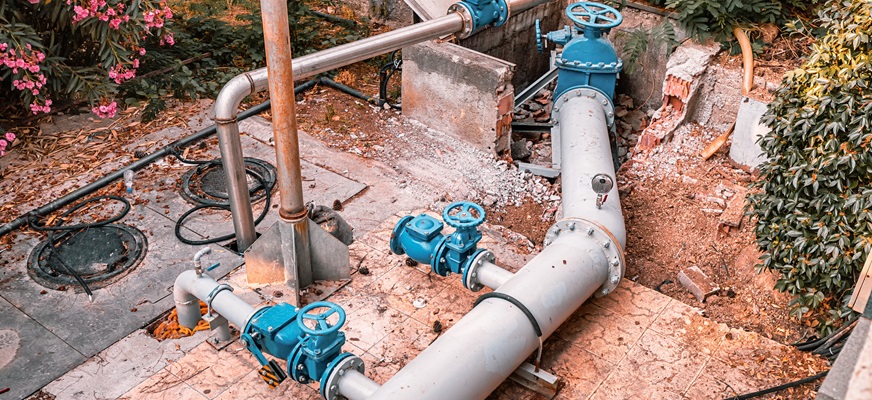
Buildings are built with piping that aids in delivering cold water to the appropriate places in the building, whether that be to the fixture itself or to the unit that will make it hot water. Buildings, both residential and commercial, will have hot water heaters, boiler systems, or another type of heating system to turn cold water into hot water for the occupants of the building. Piping that brings water from the main supply lines into a building regardless if the structure is residential or commercial in nature is referred to as domestic cold water piping.
There are a few water piping materials that are considered to be standard industry use materials. Those include the following: CPVC Copper PEX tubing (cross-linked polymers) Domestic water piping previously was also installed using galvanized steel, ABS plastic piping, and black iron pipe
Lead piping was used extensively in domestic water piping systems before it was banned after it was discovered that it was infusing lead (a toxic poison to humans and animals) into the water supply. PVC is not currently allowed in domestic water piping supply systems but is often used in waste piping applications. As with everything else in construction, each piping material type has its own strengths & weaknesses, characteristics, and applications